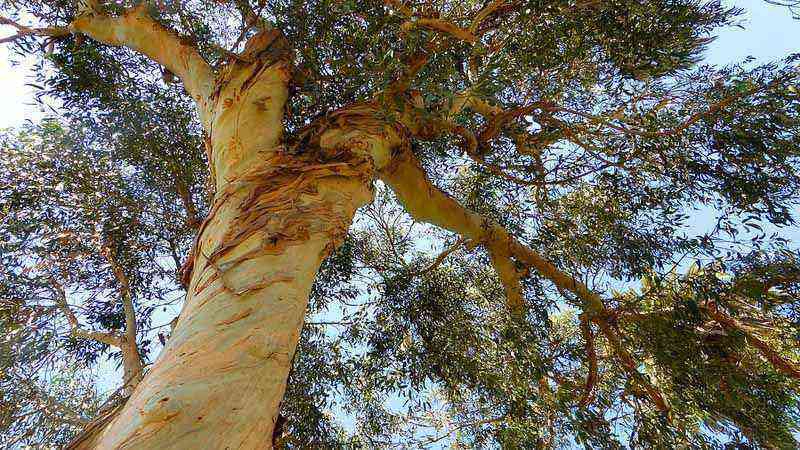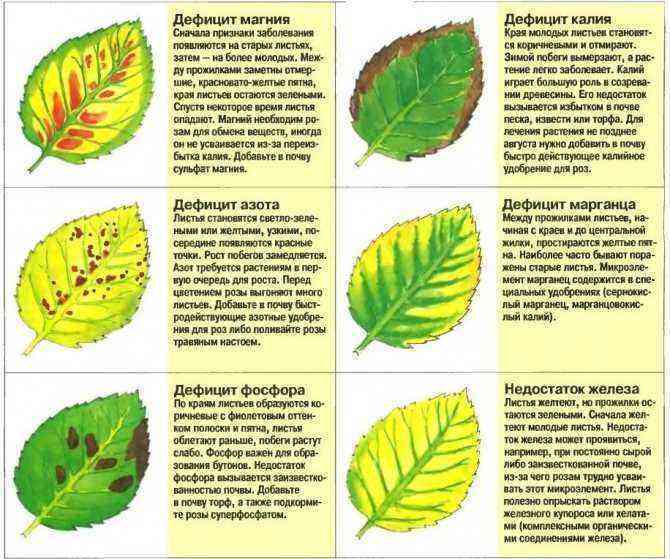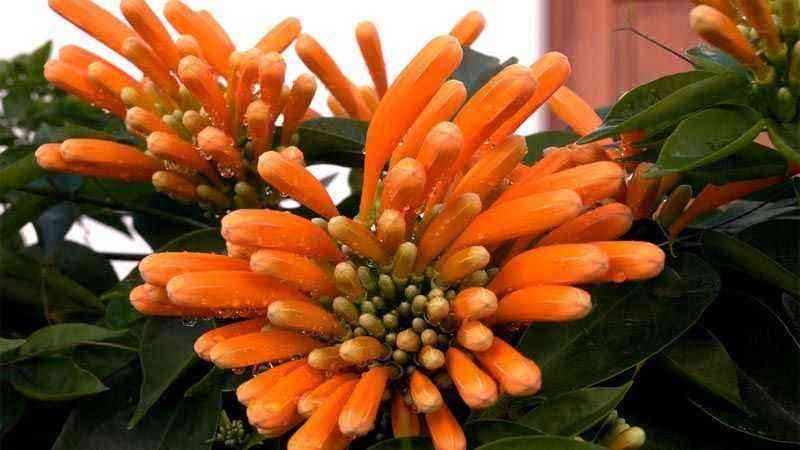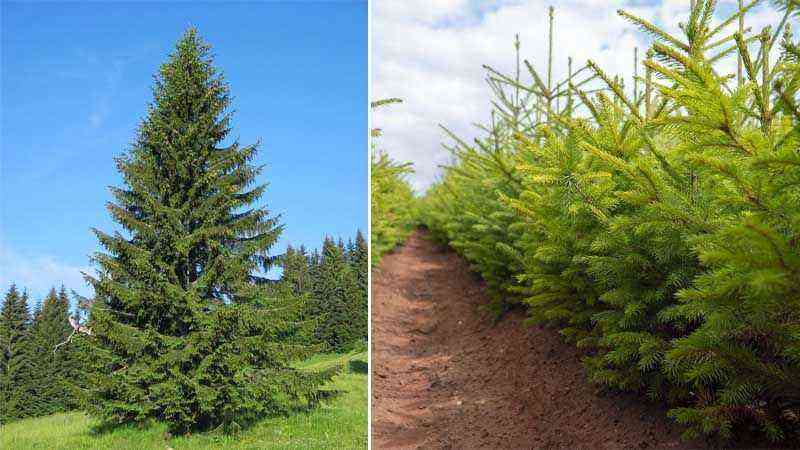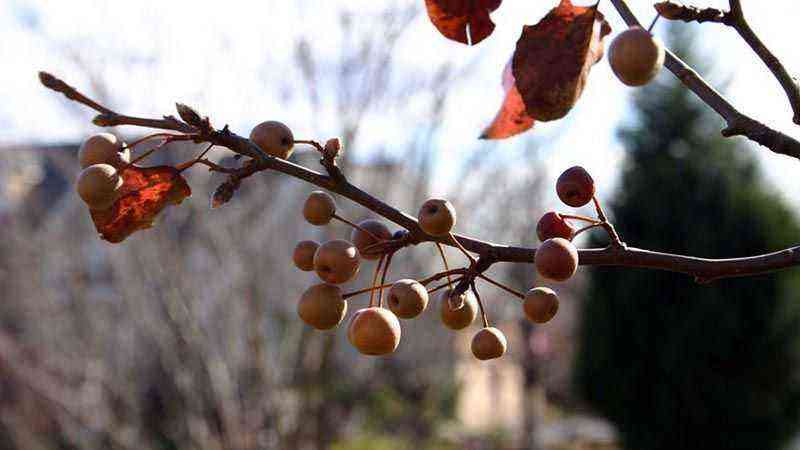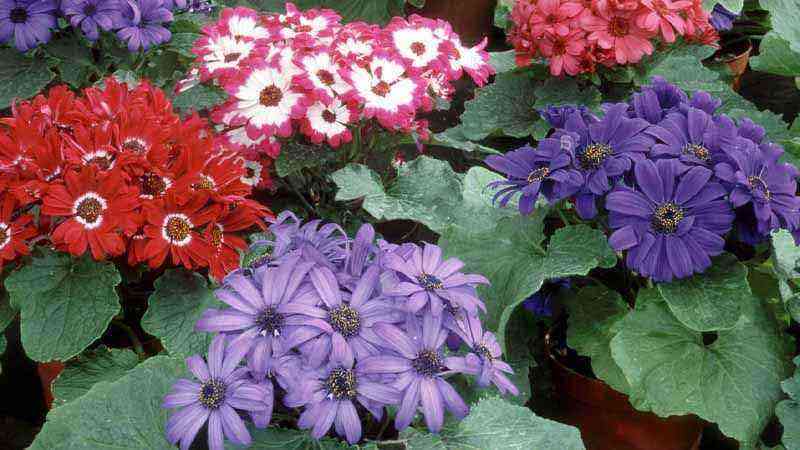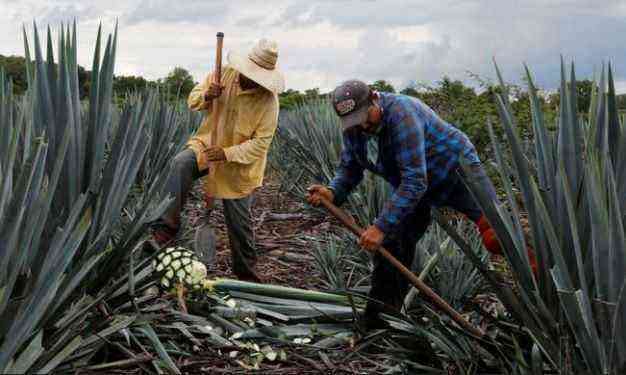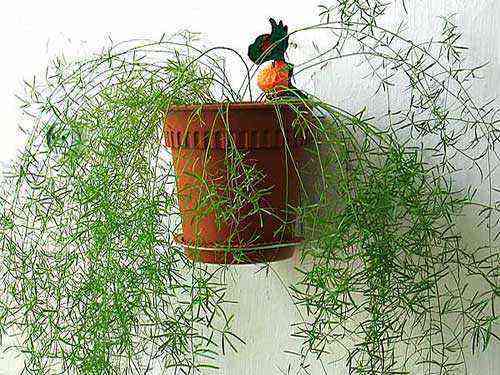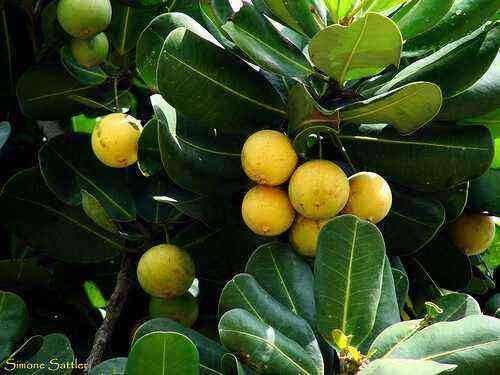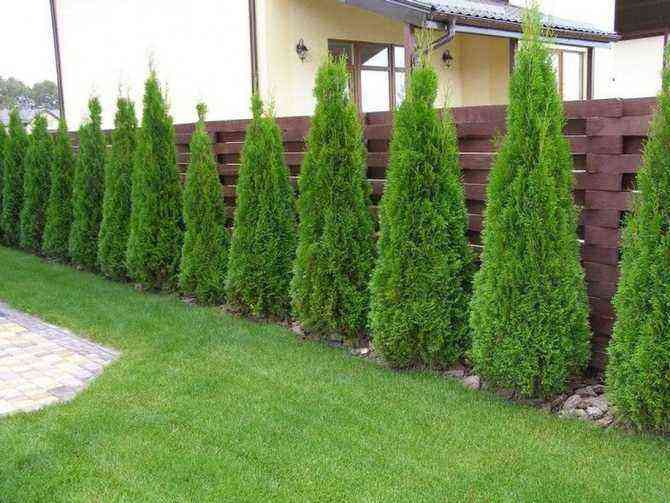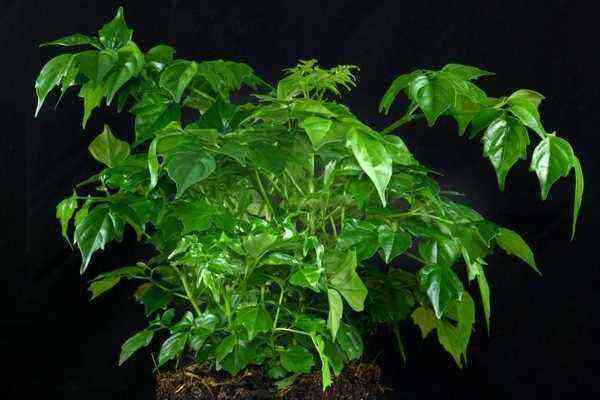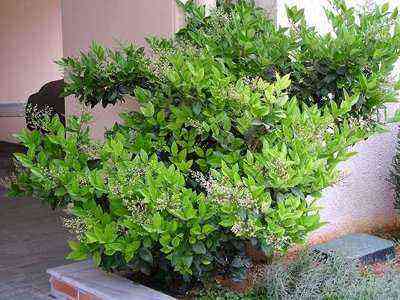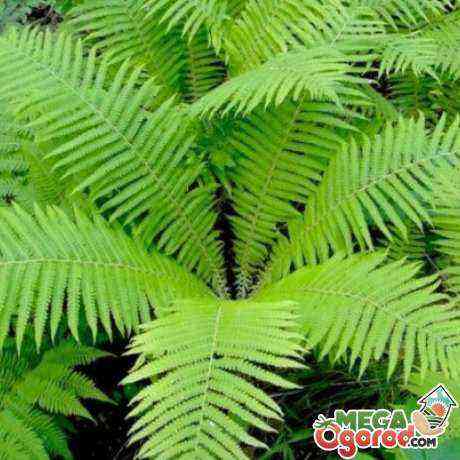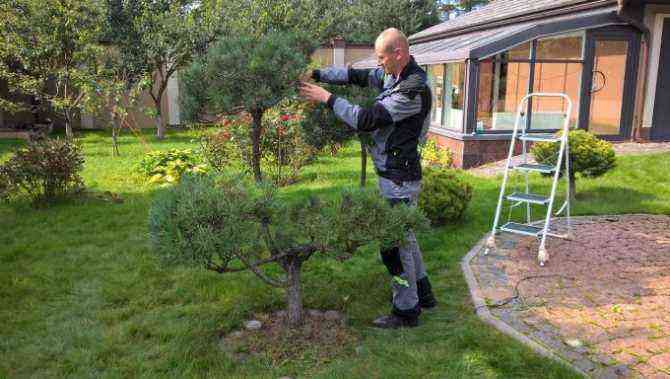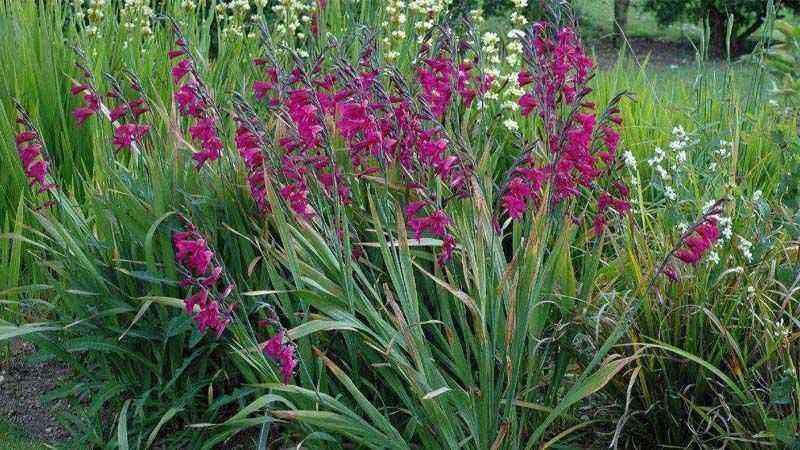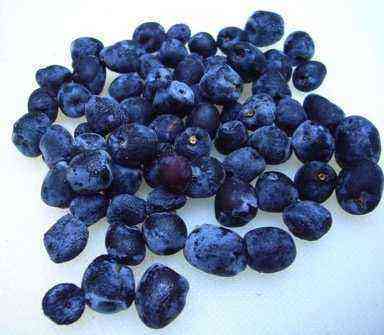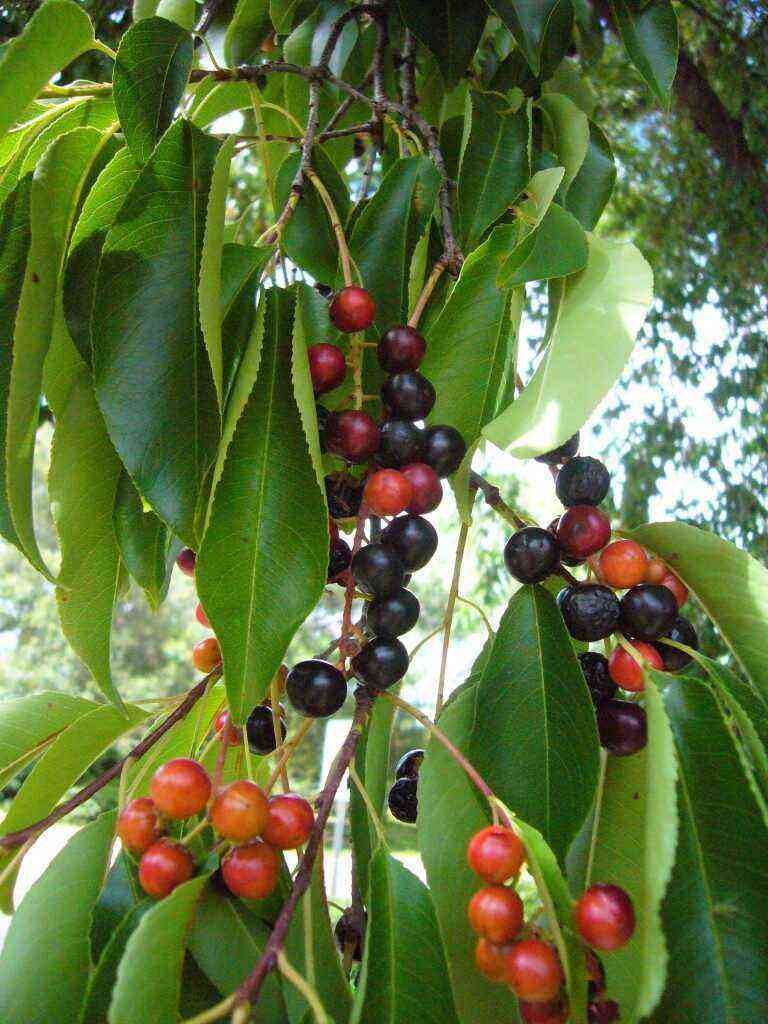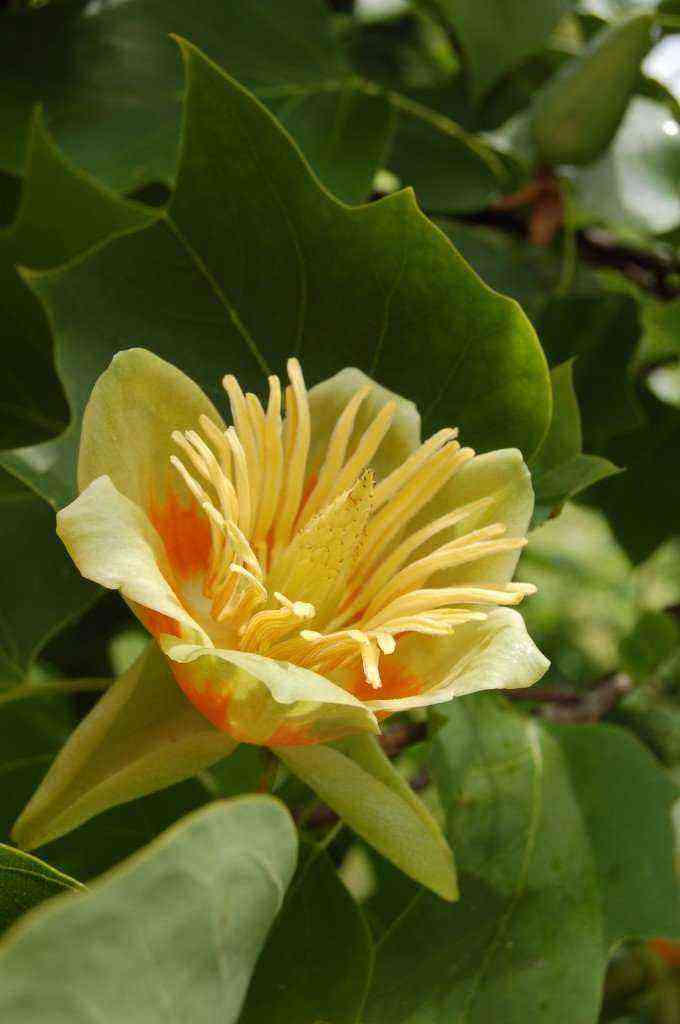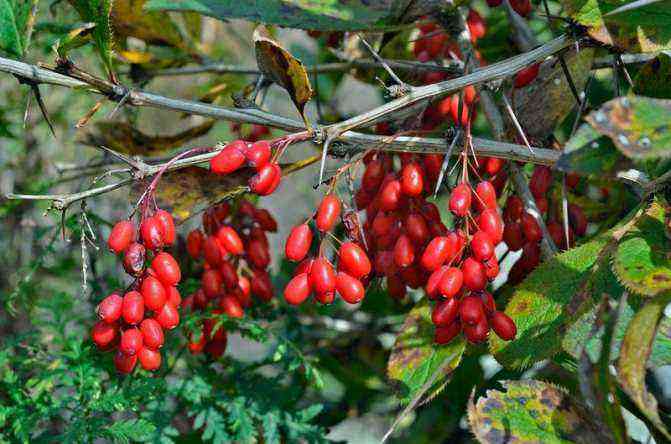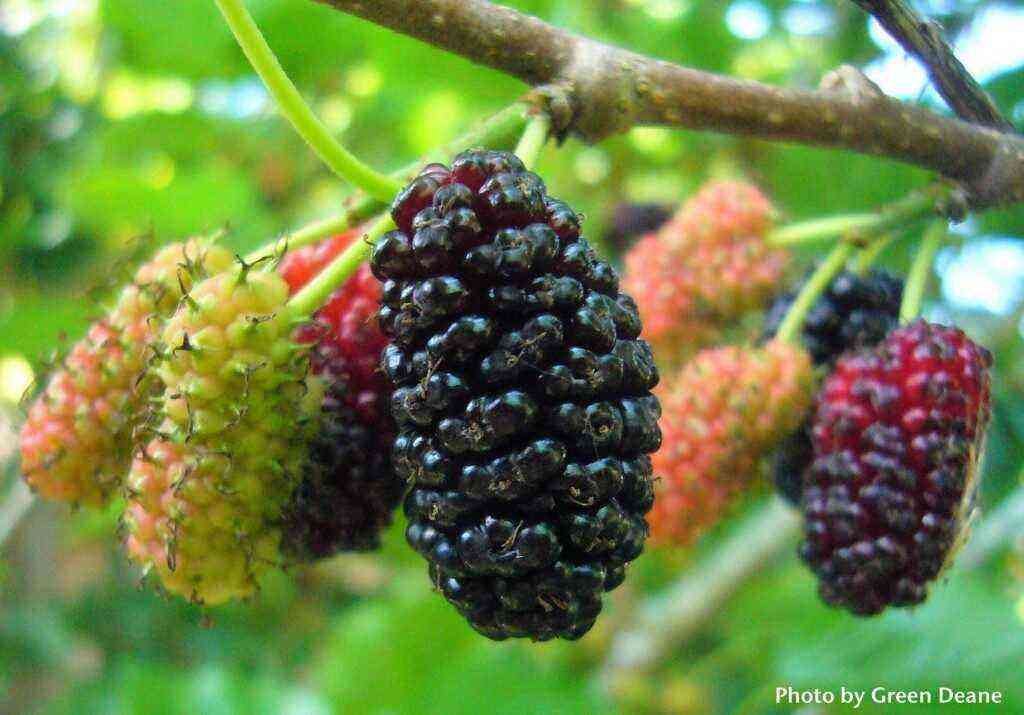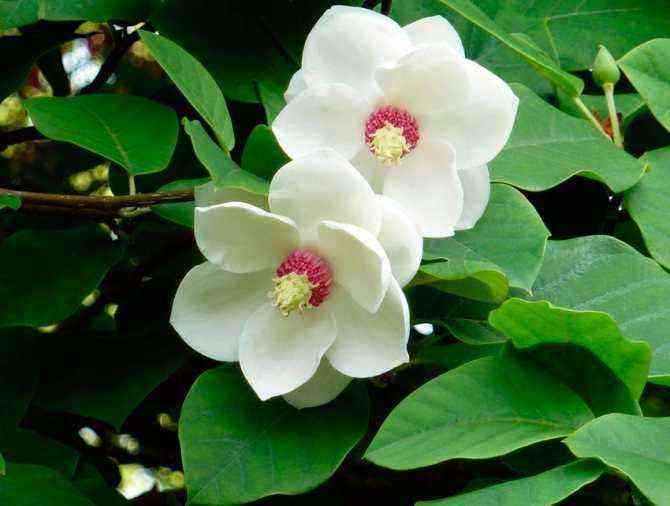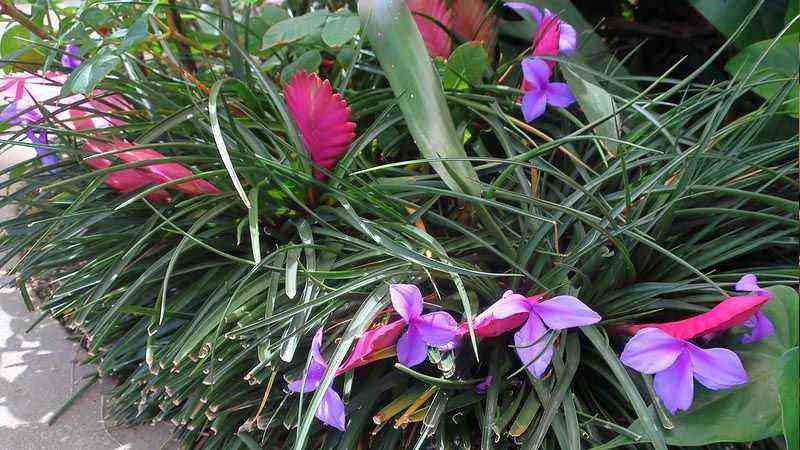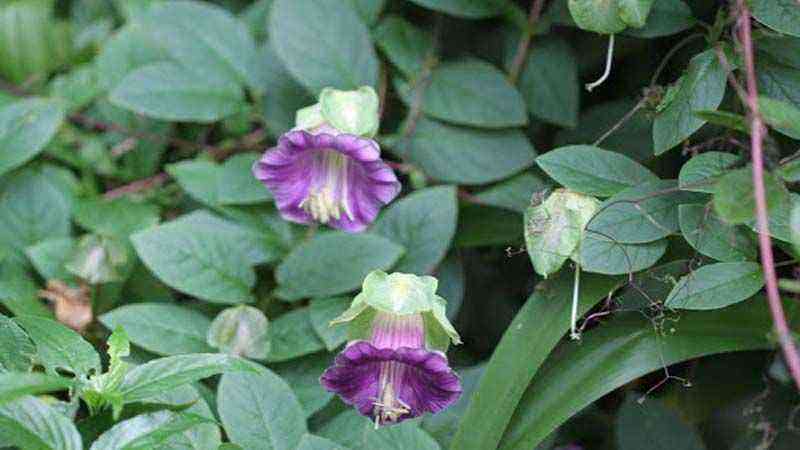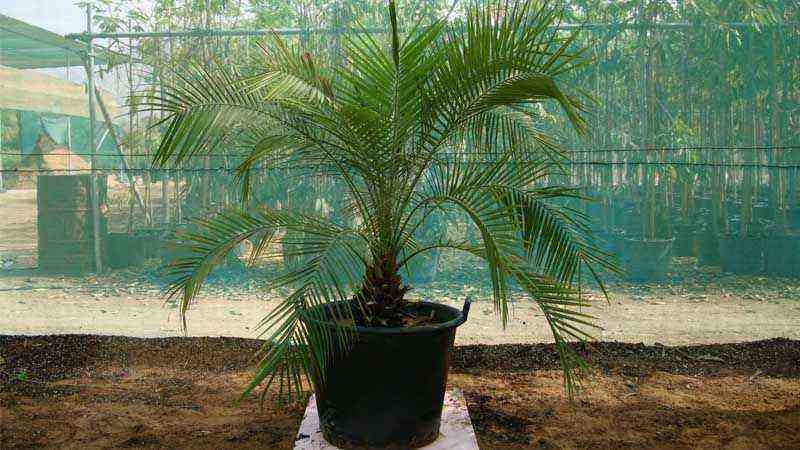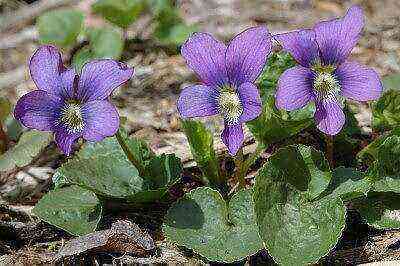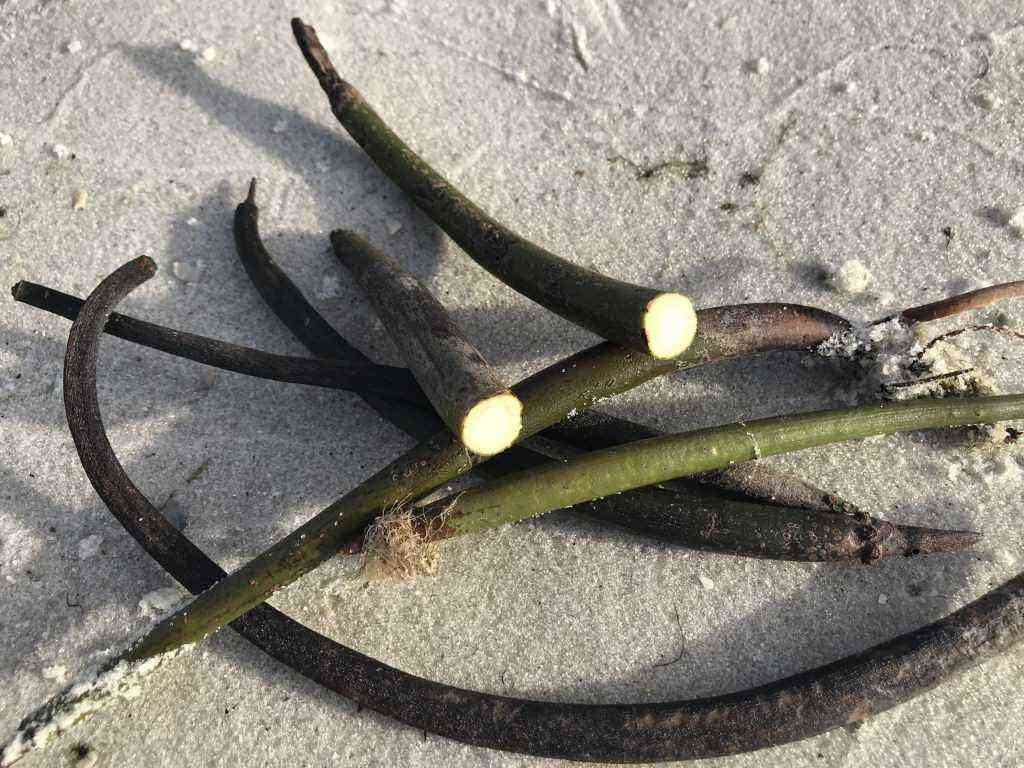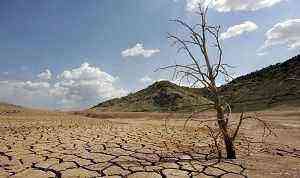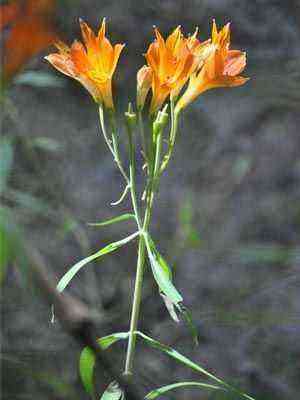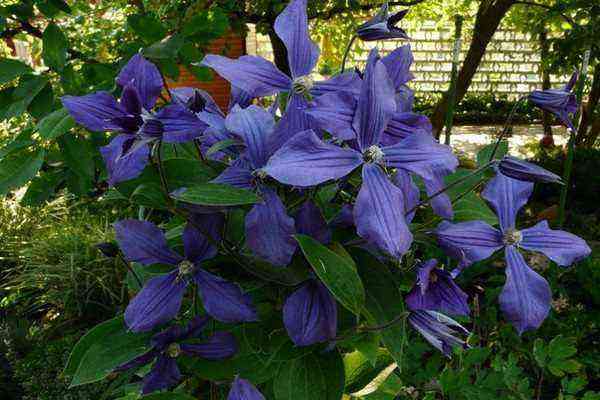The key to getting a good harvest of vegetables, fruits and berries is regular feeding of the soil with nutrients. Chicken manure has been used as a fertilizer for a long time, it will give odds to modern drugs that are available in the assortment of sales of flower shops. If everything is done correctly, the plants will be supplied with a complex of components that promote active growth.
This article provides detailed information on how to prepare and apply fertilizers based on chicken manure.
How to make chicken droppings
To prepare a thick liquid feed concentrate, collect chicken droppings in a large container, fill it XNUMX/XNUMX full and fill halfway with water. Let the litter ferment for two weeks, preferably covering it.
When the thick slurry ferments, you can prepare a working solution for fertilizing: take 0,5 liters of concentrate and dilute in 10 liters of water. Top dressing is ready.
The consumption of the solution for different crops depends on the size of the plants themselves:
- For tomatoes, eggplants, peppers, you can add 2-3 liters of top dressing.
- 4-6 buckets can be poured under adult grapes.
- Seedlings of vegetables and strawberries are enough 1 liter under the bush.
- Seedlings of flowers are enough for 0,5 liters of solution under the bush.
Approximate consumption: in such a concentration, fermented chicken manure will not harm at all. However, remember that you can add them to damp soil when it shakes out a little after the last watering or rain. It is categorically impossible to make top dressing in dry land.
Quick way
Chicken manure does not need to be infused for 2 weeks to obtain the necessary fertilizer. You can make it with a bucket of clean water and a little dry chicken droppings. For watering the seedlings, one large spoonful of weak fertilizer under the bush will be enough.
The composition is stirred in a liquid until completely dissolved, left for forty minutes warm, and then poured over the vegetables from a watering can or jar. It is better, after adding the solution, to water the plants with plenty of water without any additives.
What can you feed chicken droppings in autumn and spring
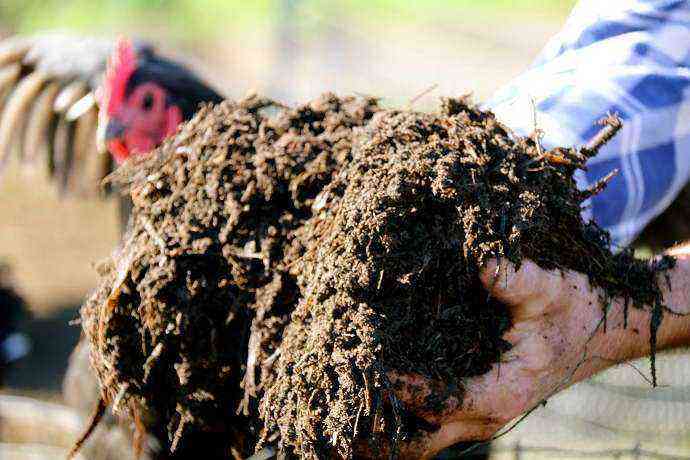
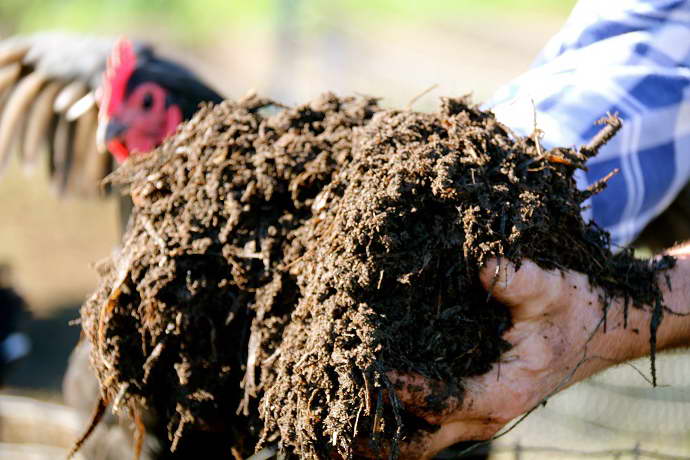
What to feed chicken droppings in the fall and how
Top dressing with chicken droppings “will suit the taste” of many vegetable and fruit crops. Among them: onions and garlic; cabbage, tomatoes, eggplants, potatoes; raspberries, strawberries, garden trees, as well as flowers.
Greens
When feeding garlic, onions and other greens, it should be borne in mind that fertilization should be applied before the turnip begins to form or three weeks before cutting the greens. And it is best to feed the soil in the fall: for 1 m² we take 3,5 kg of bedding or 2 kg of non-bedding raw materials. The rest of the crops can be fed several times per season and almost at any time.
What can not be fed with chicken droppings
Do not feed chicken droppings to plants that are afraid of rising sodium levels in the soil. These include rhododendron, heather, blueberry, azalea, camellia.
How to feed roses with chicken droppings
We prepare the same solution: 0,5 liters of fermented concentrate per 10 liters of water and water the roses on damp ground.
- Young bushes 1 year old are not fed with chicken droppings.
- Under adult bushes, you can pour 1 bucket of top dressing.
- During the season, 2-3 such dressings are enough: in spring before flowering, during flowering and at the end of summer in August.
- For the winter, you can add 2-3 kg of raw materials per 1 square meter and mulch on top with straw, sawdust, fallen leaves.
How to feed fruit trees with chicken droppings
For fruit trees (plums, apricots, pears, apple trees, etc.), rotted chicken manure is introduced together with mulch at the rate of 4-5 kg of rotted manure per square meter. You can use the solution (to feed the tree, water with a solution of chicken manure of 5% concentration, apply feeding 3-4 times per season, apply not under the trunk, but pour along the edge of the trunk circle).
For feeding cabbage, eggplants, tomatoes, beets, pumpkin seeds, it is also permissible to use chicken manure.
Cabbage
To prepare the land for planting white cabbage, you will need 2 kg of litterless or 3 kg of rotted litter per 1 m². Fresh chicken droppings are introduced in the fall for digging. During the growing season after planting cabbage seedlings, feed the culture with a solution 2-3 times more, using 1 liter of 5% fertilizing for each plant.
Pumpkin and tomatoes
The land for pumpkin and tomatoes can be prepared in early spring, using 1 kg of fresh raw material without bedding in its pure form per 4 m² of area, or about 6 kg of bedding. These plants are afraid of burns – in the future, you can feed fertilizers in liquid form, but spend no more than 5 liters of 5% solution per 1 m².
How to feed raspberries and currants with chicken droppings
In the autumn
When feeding berry crops, do not apply fresh fertilizers during flowering and fruiting.
- A plot for raspberries or currants should be fertilized in the fall or 3-4 months before planting. This measure will protect plants from the negative effects of ammonia and methane.
- In the fall, chicken droppings are introduced into the raspberry patch at the aisles at the rate of 1 bucket per 10 running meters.
- In autumn, 2-3 kg of chicken droppings are scattered under currant bushes per 1 square meter of the trunk circle.
In the spring
Before flowering, you can feed raspberries and currants with a solution of fermented droppings at the rate of 1 liter of concentrate per 10 liters of water. Pour it little by little under the bush, always in the damp, pre-watered ground.
Roots
Before planting root crops, prepare the soil in the fall: for each square meter, spend 2 kg of manure without bedding, with 3 kg bedding. At the beginning of the growing season, add 4 liters of a 5% liquid solution per 1 m² of the garden bed.
How to feed grapes with chicken droppings
Chicken manure is very rich in nitrogen and potassium: the first element contributes to the active growth and development of grapes, the second increases resistance to diseases and adverse weather conditions. Grape shrubs need several additional feeding for good nutrition. Step back 0,5 meters from the bush, make grooves, apply dry or liquid top dressing and sprinkle with earth. In addition, add potassium-phosphorus fertilizer and add an ash solution. This method is widely used by many gardeners. Read more about feeding grapes in this article.
Top dressing of potatoes
At the germination stage, it is favorable to feed potatoes using chicken manure. The weaker the concentration, the less risk of harming the plant. Insist chicken droppings for several days, then dissolve 1 liter of liquid in 15 liters of water and add 1 liter to each plant. It is important to apply top dressing on wet soil (after rain or watering). Top dressing activates growth, which will have a positive effect on fruiting and increase the rate of ripening. Read more about how to feed potatoes here.
How to feed strawberries with chicken droppings
In autumn, when strawberries are depleted by fruiting, restoration of energy and strength will be required. When introducing chicken droppings in the fall, there is no risk of deteriorating the taste of the berries, and the plant will more easily endure wintering.
In the off-season, strawberries can be fed with chicken droppings after planting, transplanting and dividing procedures. Use a liquid top dressing. We dilute the infusion of chicken manure with water in a ratio of 1 to 20 and add 1 liter under each bush. By the way, the addition of potassium humate will help neutralize the unpleasant odor. Spread the solution between rows so as not to harm the roots and leaves. Learn more about how to feed strawberries.
How to feed flowers with chicken droppings
Prepare a solution of 1:20 (about, 5 liters of fermented concentrate per 10 liters of water) and water the flowers over damp earth. It is advisable to do this at the root so that a thick residue does not remain on the leaves. Or strain the solution: then you can water over the leaves, which is very useful and will be foliar feeding at the same time.
Special fertilizer
Not every plant likes manure fertilization. There are crops that absorb fertilizers worse and because of this they become weaker and die. For seedlings that need a little acidic and neutral soil, it is advised to prepare a composition from poultry droppings in the following way:
- Add 0,5 buckets of chicken manure.
- Fill the remaining space in the bucket with water.
- Mix thoroughly and let it brew for three days.
- Drain the resulting solution and water the plants with it, and dilute the sediment with water again.
These actions can be repeated 3-4 times.… The solution can be watered on plants during flowering and fruit ripening.
Methods for introducing chicken droppings


How to feed plants with chicken droppings correctly
How to feed chicken manure solution
You can use raw, dried, or granulated chicken manure to prepare the top dressing. Let’s take a closer look at all the methods.
If you plan to apply top dressing throughout the season to fertilize various crops, and not only pre-apply before planting seedlings or sowing seeds, prepare a concentrated solution. It can be cooked in the spring and used throughout the season as it will not decompose. If the fertilizer is prepared incorrectly, there is a risk of destroying the plant root system.
- We take a tin barrel with a volume of 50 liters, fill it 1/3 with chicken droppings and fill it with water to the top.
- Add 750 g of potassium humate to eliminate odor.
- Cover with a lid and ferment warm.
- Ideally, the mixture should ferment for 10-14 days. To prepare the working solution, we dilute with water in a ratio of 1 to 20, more water can be taken, up to proportions of 1 to 50. For convenience, pour the required amount of concentrated liquid into buckets and add water. Often sediment remains at the bottom, which many are afraid to use, but there is nothing risky in this, just increase the amount of water.
To prepare a small amount of fertilizer, a ten-liter bucket should be half filled with chicken droppings and filled with water. Let it brew for 1-2 days in a warm place. Before use, dilute 10-0,5 liters of infusion in 1 liters of water.
The fastest cooking method is to dilute the dry mixture. To feed the plants immediately, we dilute dry chicken droppings with water in a ratio of 1 to 15 or 1 to 20 and add 0,5-1 liters to the plants.
It is not recommended to increase the concentration or increase the frequency of fertilizing in order to avoid damage to the root system and oversaturation of the fruit with nitrates.
- For 30 min-1 hour before applying liquid fertilizing, water the plants or feed after rain, it will be even better.
- If you observe a concentration of 1:20, it is also useful to feed chicken droppings over the leaves: strain the solution through several layers of gauze and use for spraying over the leaves. Foliar dressing is quickly absorbed by plants and has a faster effect: the leaves of plants become rich green, the legs of the seedlings thicken, all the processes of vegetation are enhanced: growth, flowering, fruiting.
Compost
To prepare compost, we put a layer of chicken manure 20 cm thick on the bottom of the compost pit (it can be mixed with cow, pork manure, etc.), mix sawdust, straw and peat on top – the layer thickness is about 30 cm. In general, the compost heap should not be more than 1 m in height. To speed up the decay process and eliminate the unpleasant odor, cover the top with a film. During the winter, the mixture will completely rot.
Ready compost is applied for plowing a vegetable garden in spring or autumn, one bucket per square meter. It is also scattered between the rows in a thin layer.
Granular view
If poultry droppings are nowhere to be found in natural form, they can be purchased in granular form. Such a tool is easy to find on sale. An undoubted advantage is that after the heat treatment performed, helminth larvae, pathogens and weed seeds are destroyed. Granules are stored for a long time, compact and free from unpleasant odor. Compared to fresh chicken manure, which decomposes in the compost heap and quickly loses nitrogen, the granules retain valuable trace elements for 5 years.
Chicken manure processed in this way can be applied dry, but avoid contact with the root system – distribute the dressing in the aisles. You can apply 100-300 g in under trees and shrubs, another option: in early spring, distribute over the site at the rate of 100-150 g per 1 m².
It is convenient to prepare liquid top dressing from granules. To do this, dilute with water in a ratio of 1 to 50 and water the seedlings with this solution after planting in open ground. To feed mature plants, prepare the concentrate in a 1 to 100 ratio with water.
The pellets can be directly applied to the planting holes. It should also be noted that top dressing is able to compensate for the lack of moisture in the soil.
Fertilizing the vegetable garden
As an organic fertilizer for garden beds, chicken manure is used in the fall after harvest. Top dressing will help to compensate for the deficiency of nutrients spent during the season, which will further favorably affect the yield and quality of the fruit.
For this purpose, slightly moisten fresh chicken manure with water and spread over the area, using about 5-3 kg for 4 m². Make the layer even, it will not hurt to add manure, wood ash. Top dressing lies until spring, waiting for digging. During the winter, nutrients will go into the soil.
How to apply granular fertilizer
Detailed instructions for use can be found on the product packaging. Granular fertilizer is used in autumn and spring. You can apply such feeding in dry and dissolved form.
Dry dressing
Chicken excrement in granules is a concentrate, therefore, when enriching the soil with an undiluted soil, it is necessary to dig in the substance. The granules should not touch the root system. Granular extract is introduced from 100 to 300 g per 1 m².
Thus, organic and mineral elements are gradually released from the granules. This process takes several months. The beds are fed dosed. To such a feed, you can add 20 g of potassium chloride or 30 g of potassium sulfate per 1 m².
Liquid top dressing
Poultry feces pellets can be used in other ways as a hydrate. Dilute the substance according to the instructions on the pack. As a rule, 300-500 g of the drug is dissolved in 10 liters. The hydrate must be infused for 24 hours. Before using it, the garden is watered with clean water. Then the soil is fed with slurry, avoiding the substrate getting on the green parts.
How to collect and store chicken droppings
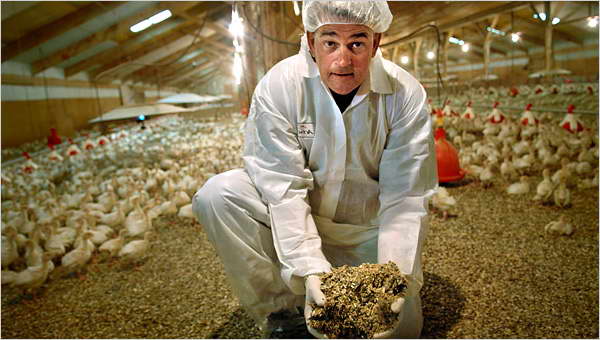

How to store chicken droppings
This procedure requires the fullest observance of precautionary measures and accuracy on your part, so as not to harm your health. I collect chicken manure, which will be used for the preparation of fertilizer for vegetable and fruit and berry crops, in the habitat of the bird – in the chicken coop. Take it when cleaning, you can along with litter impurities.
Follow the recommendations:
- To protect yourself from helminth eggs, which can be contained in large quantities not only in waste, but also in the room itself, you must take precautions. Put on an indoor suit and rubber gloves.
- To collect raw materials, use a rake and a shovel, scatter the collected droppings into buckets, barrels, boxes, in general, any containers available for storage.
- Dry chicken manure retains much more nutrients and nitrogen, and when rotted, it becomes less concentrated nitrogen feeding. So try to keep it dry, not damp.
Please note that chicken manure contains methane and ammonia that can be released during storage. Add a little peat to remove odor and the mixture will dry faster.
For longer storage, you will need to build a compost pit. Chicken droppings can be mixed with rabbit, horse and cow dung (about 10 cm layer) to make it looser. The heap decays for 1,5-6 months.
Top dressing of vegetable and fruit and berry crops can be carried out both in spring and autumn, for some also in summer. Eggplants, tomatoes, cabbage and fruit trees are most responsive to feeding. A high and balanced ratio of substances in feeding from chicken manure allows you to improve the yield and taste of potatoes, strawberries, grapes. With regard to greens (garlic, onions), fertilizers should be used with caution, apply dressing only at the initial stage of the growing season.
How does chicken droppings work? Saturates the soil with a complex of useful elements, improves its structure (air and water permeability, physical and chemical properties). However, so that the benefits do not turn into harm, you must adhere to the dosage. The released ammonia can kill plants.
Collection and storage
To obtain high-quality organic nutrition, it is required to competently collect and process chicken waste products.
The collection is carried out in the chicken coop. Fecal masses contain inclusions dangerous to human health, in particular helminths. The collection is carried out in overalls (protective suit, gloves). They use a rake. The collected excrement is stored in large barrels.
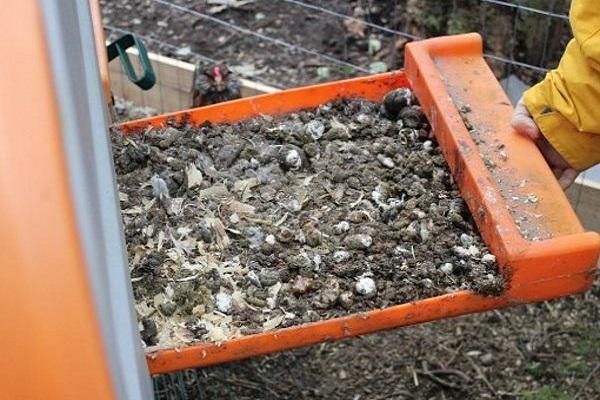

This make-up tends to dry out, quickly losing moisture. A compacted compost heap is suitable for long-term storage. Organic matter also ripens well in a loose compost heap, if it is layered with mullein or sheep dung. She will need about a month and a half. In a compacted heap, it will take up to six months for the placenta to ripen.
The benefits of feeding chicken droppings
This organic food contains a full complement of minerals to support normal growth and development. So, chicken manure is rich in phosphorus, potassium, magnesium, nitrogen, copper, iron, also contains zinc, cobalt, manganese. The ratio of trace elements is optimal, top dressing is able to replace and surpass expensive mineral fertilizers. The components begin to be absorbed a week after application, and until the end they decompose for about 4 years.
Feeding with chicken manure is suitable for most garden crops (fruits, berries, vegetables, roots), promotes successful seedling growth and increases the yield of adult plants. Nutrients quickly dissolve in the soil and are absorbed by the root system, they are not washed out for a long time.
In addition, the very structure and composition of the soil improves:
- No risk of salinity, as is the case with mineral dressings
- The soil becomes loose, crumbly, water and breathable
- Organic matter contributes to the development of beneficial microfauna in the ground, as well as the reproduction of earthworms
- There is a saturation with a whole set of microelements, which are difficult to replenish in any other way
Properties and benefits for plants
Chicken droppings have a unique composition. Contains calcium, magnesium, phosphorus, iron, nitrogen, and other substances useful for plants and agricultural crops.
Important! The composition contains two to three times more nutrients. Than other organic fertilizers. For example, manure contains less phosphorus and nitrogen.
The pronounced effect of organic fertilizing persists for two years after application to the soil. In addition, chicken droppings have unique properties:
- increases yield;
- stimulates the growth of young foliage, shoots, accelerates the development of seedlings;
- accelerates the appearance of buds, stimulates flowering;
- improves the composition, quality, pH of the soil;
- reduces the ripening time of the crop;
- increases the resistance of plants and crops to unfavorable external factors.
Chicken droppings, when used correctly, are not toxic, not dangerous for all types of garden crops, fruit trees, shrubs, plants. It does not cake, does not burn the rhizomes of plants. Has a prolonged effect. Has an affordable cost. It is easy to store, easy to dose and dilute.
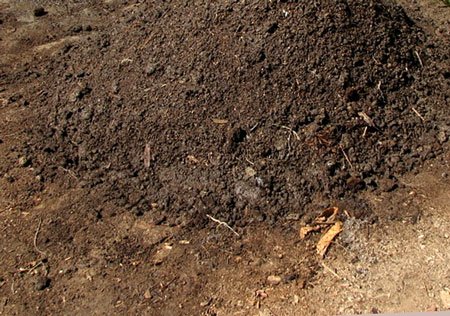
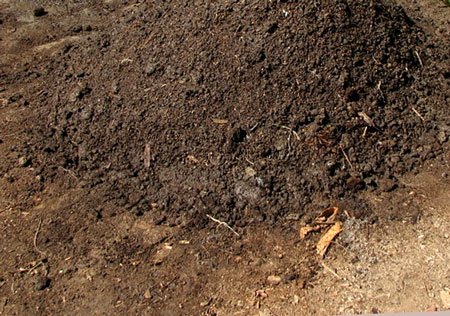
Benefits of feeding chicken droppings
Numerous scientific studies have proven the usefulness of feeding chicken manure:
- In terms of the composition of microelements, chicken manure is the richest in comparison with other excrements (mullein, manure from horses, pigs, etc.);
- Top dressing is quickly absorbed, useful elements are retained in the soil for several years;
- The effectiveness of feeding is manifested in a forty percent increase in yield;
- Due to the presence of copper and iron in the composition, plants become more resistant to bacterial and fungal diseases (for example, root rot, scab, late blight, etc.);
- Chicken droppings have a slightly alkaline reaction, which helps to grow plants in acidified soil. The PH level of chicken droppings varies between 6-8, it depends on the diet of the birds and the level of rotting of the droppings (the longer the rotting process, the greater the amount of alkali released);
- Fertilizer is fireproof, non-toxic;
- After feeding, plants, bushes and trees are easier to tolerate dry periods;
- Flowering and fruit setting improves, and positive changes are visible from the first year of application and persist for several seasons;
- Top dressing does not burn the roots of plants, but the dosage should be adhered to;
- The ripening time of the fruits is reduced, the harvest becomes saturated with proteins and vitamins;
- The properties of the soil are improved (a humus layer is laid);
- Inexpensive feeding, and if you have your own farm, it is completely free.
Application in autumn
In the autumn, this type of organics feeds the heavy soil in the garden. This should be done as follows: first, the waste product of chickens is scattered over the surface of the soil (consumption – 1 kg per 1 hundred square meters), and then it is dug up. During the cold season, the excrement will decompose and nourish the soil with useful trace elements.
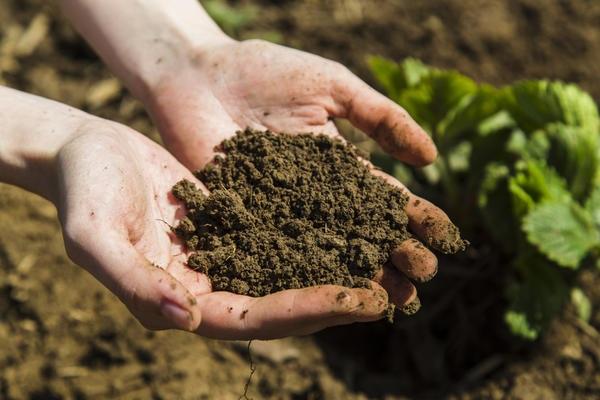
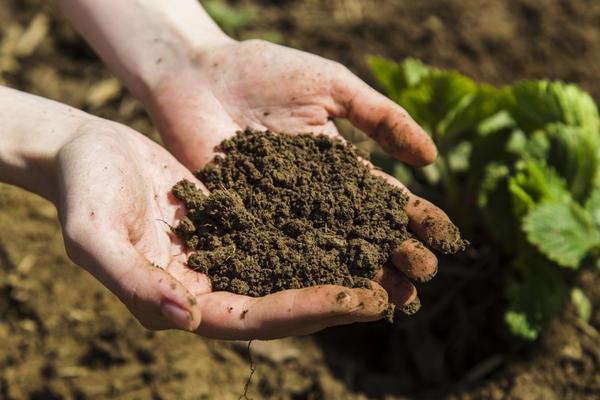
Disadvantages of chicken manure as top dressing:
- For some crops, this diet is not sufficient. Potatoes, for example, will additionally need to be fed with potassium;
- With excessive fertilization in the fruits, the level of nitrates rises;
- Uric acid, which is part of the fertilizer, can negatively affect the growth of seedlings;
- In order not to “burn” the root system, pure chicken manure cannot be used throughout the season. Such it is permissible only to embed it in the soil in the fall. From the winter cold, all pathogens contained in fresh droppings will die, and useful components will go into the soil;
- When applying the solution, avoid getting liquid on the leaves, if this happens, spill it on top with clean water;
- The content of hydrogen sulfide and ammonia in the droppings causes an unpleasant odor. Place the manure heap away from living quarters, and cover the compost pit with a foil (this will save from unpleasant odors and promote the decay process).
Fertilizer in the form of compost
Manure from chicken excrement, which rotted at the same time as straw or sawdust, can be used to fertilize the soil before plowing. Professional gardeners use compost in the fall so that it is absorbed into the soil before the season begins. They are also sprinkled on the soil in early spring, before planting seedlings. The compost is spread evenly on the ground and then dug up.
For the preparation of valuable fertilizer, it is necessary to pour into a specially prepared pit:
- Bird droppings 20-25 centimeters high;
- Straw and sawdust 5-10 cm thick;
- Cover the top with a layer of peat-10-20 cm.
Cover the pit with polyethylene for quick ripening and prevention of unpleasant odors. With a pile height of more than a meter, the temperature on the lower layers reaches 65 ° C-70 ° C, while the ingredients do not smolder in the pit, but burn out.
Fertilizer ripens within two months. In addition to the components listed above, can be added to the pit:
- Grass;
- Bark of trees and branches;
- Waste food, but not chemicals and bags;
- Tree leaves;
- Shavings.
In order to obtain a thick fertilizer, a layer of earth or clay must be added to the compost pit.
After all the components have been laid in the pit, you need to wait two weeks and mix the composition with a shovel. Then the fertilizer ripens evenlyand the compost will be dry and crumbly.
Sapropel and peat
Sapropel is a gray powder that looks like ash. You cannot buy it “off hand”, only from specialized firms. The fact is that sapropel is lake silt, it contains nitrogen, potassium, calcium, phosphorus, humus. But if it is harvested in environmentally hazardous areas, it can spoil the soil and harm the flowers. Therefore, you only need to buy from certified sellers.
Suitable for home and garden flowers:
- when transplanting – mix fertilizer and soil in a ratio of 1:10, respectively;
- when watering – sapropel and water in a ratio of 1:10.
Important: before fertilization, it must be ventilated so that the nitrous oxide of hazardous chemical raw materials go away.
Peat is one of its organics, it has a high carbon content. It looks like tobacco (brown, black, brown). In addition to potassium and phosphorus, it contains gummed acids: they stimulate growth. Therefore, it is better to fertilize with peat only plants transplanted into open ground or a pot. It helps adult flowers grow by loosening the soil, neutralizing heavy metals, giving moisture capacity. Garden varieties need lowland and middle peat: they mulch the soil.
To prepare the soil for planting, mix the soil with peat so that the volume of peat is up to 40% of the total soil.
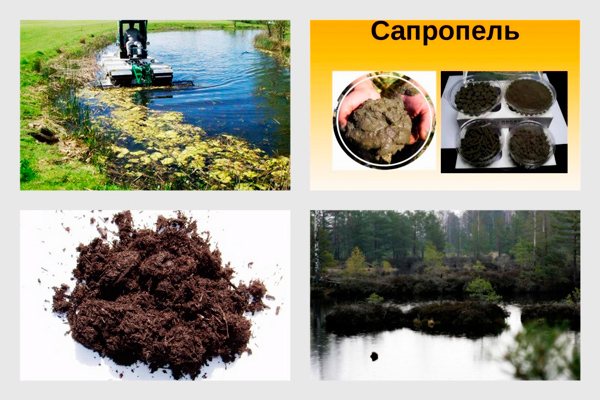
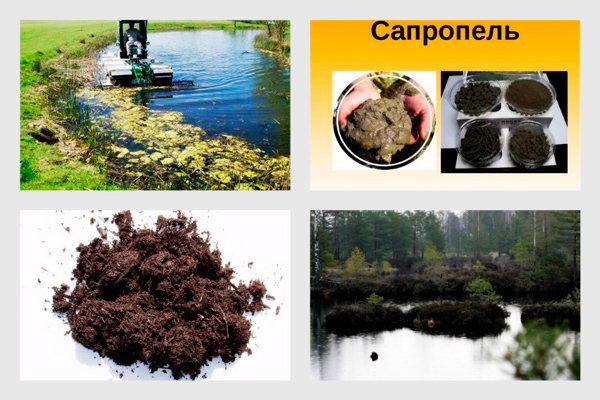
Peat (bottom) and sapropel (top) – what they look like and where they are mined
Preparation of dressings – recipes
The most popular way to use poultry manure as fertilizer is as a liquid solution. Most gardeners do it like this:
- One third of the bucket or barrel is filled with bird droppings.
- Next 1 liter of concentrate is taken per bucket of water.
It is used for root irrigation of vegetable, berry plants, fruit trees and flowers.
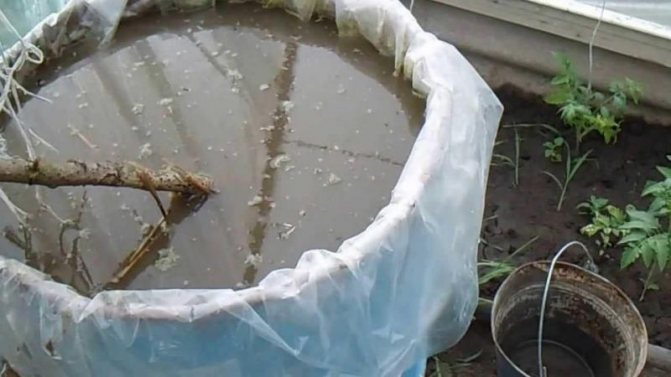
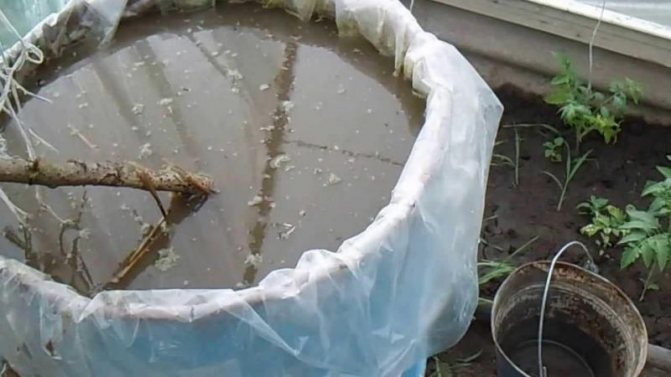
Fresh, fresh from the chicken coop, litter with litter is dug up with soil in the fall. This should be done after harvesting. For perennial crops, which are contraindicated in the autumn application of nitrogen fertilizing, this method is also suitable.
Because the decomposition of organic matter takes time and active substances are formed by the spring. It is harmful to use instant mineral fertilizers, which immediately get into plant tissues and stimulate them to grow.
The third way is to take fresh manure and scatter over the site 3 weeks before planting. Someone else is doing it in the snow and that’s good. Nutrients enter the ground along with melt water.
Do not mix chicken manure with substances such as:
- Wood Ashbecause it is an alkaline substance. In combination with acidic droppings, they neutralize each other and the plants will not receive any benefit.
- Phosphate rock. Also alkaline mineral fertilizer. The effect is the same.
Superphosphate or potassium sulfate is sometimes added to chicken humus. Although, with a high percentage of phosphorus, plants do not need it. An exception may be the preparation of soil for young seedlings of fruit trees, bushes of ornamental plants or grapes. After planting in the hole, these crops are not fed for 3 years until they have consumed all the nutrients.
Horse manure for top dressing
Horse manure, as a fertilizer, is ideal for growing flower crops. Popularly it is called “marmalade for roses”. Many summer residents use it to enrich the soil with useful substances and in liquid form. Natural substances of horse excrement make it possible to obtain a lush, beautiful “queen of the garden”.
Varieties of horse manure
- Fresh. It is not recommended to use it to fertilize flowers, as you can burn the roots of plants, and fresh humus contains worm eggs that are harmful to the garden.
- Half-aged. It is added to the soil or used in an aqueous solution to feed flowers.
- Dry manure. It becomes half as much compared to fresh manure. Ten kg of manure is sufficient fertilization for one square meter of soil.
- The most valuable type of organic matter is humus.
To feed roses, you need to mix ten liters of water and one kg of horse excrement. During the day, the solution should be infused, the next day you can add fertilizing, diluting the solution with water by half.
In the fall, when future flower beds are being prepared, add fresh horse excrement at the rate of 5 kg per one square meter of soil. By the spring, the manure will have time to grind, and it will be possible to start planting flowers.
Horse humus compost is well suited for feeding flowers. Dig a hole about a meter deep, place sawdust, tops, leaves, horse excrement down. The compost heap is ready, it remains to wait until the waste is re-milled.
Tips and tricks from experienced poultry farmers
Chicken manure compost at home
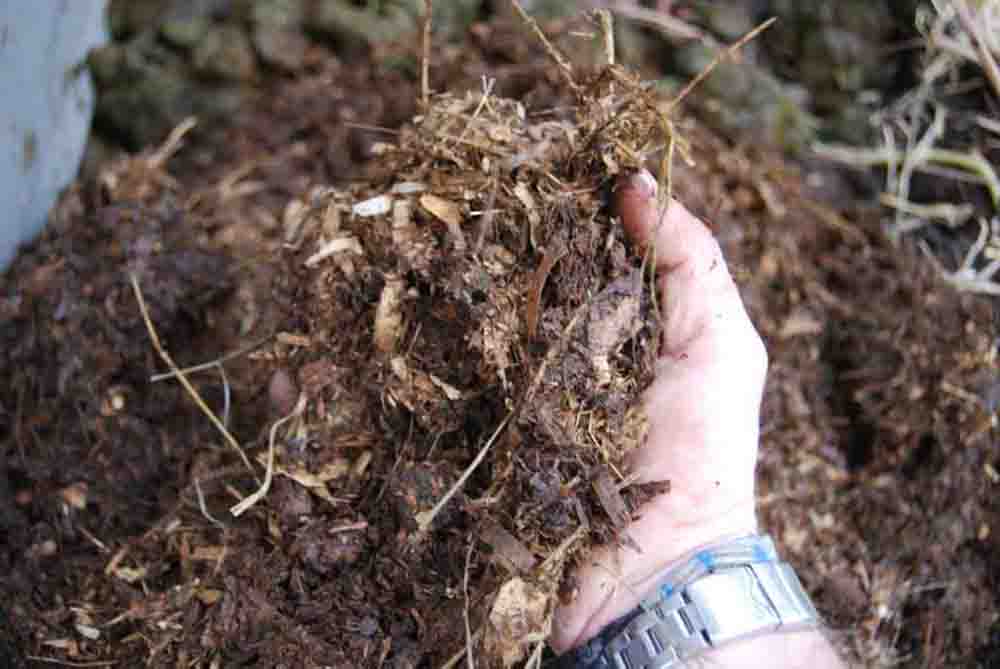

In order to make it, the fertilizer is mixed with straw, sawdust, peat, and plant waste. Fresh plants are not compostable.
For composting, the same amount of manure and waste is taken in order to get a wet mixture. For a week, all harmful bacteria die in it. It is necessary to alternate layers like in a pie. First, straw or waste is put, sprinkled with droppings on top. The layer must be at least 20 cm. Thus, several layers are superimposed.
The composting temperature should not exceed 60 degrees Celsius. If it is higher, the process will slow down. After a week, stir the mixture, as the temperature of the middle part will begin to drop. It is recommended to stir three times.
Compost can be used when it has a sweet smell and dark color. It should not be wet, but loose.
Benefits of using manure when growing flowers
When organic matter is introduced, the acidity of the soil decreases, its structure improves, and the air and water regime normalizes. When organic matter is decomposed, carbon dioxide is released and heat is released, which creates ideal conditions for the development of healthy flower roots. Fertilized with manure, the soil has a harmonious balance of useful elements, the development of soil microflora takes place. Earthworms multiply faster in humus and increase soil fertility.
Manure is rich in nutrients: nitrogen, phosphorus, potassium, trace elements
- Phosphorus and potassium contributes to the development of roots, the resistance of flower crops to the negative effects of the environment. Flowering depends on these substances.
- Trace elements are necessary to increase soil fertility.
- Nitrogen promotes the growth of leaves, but if it is lacking, the plants get sick.
To obtain the best fertilization, animal excrement must be re-milled in a compost heap for 2 years. It is important not to overdo it with the introduction of organic matter – diseases develop in flowers from an excess of fertilizing. With optimal amounts of organic fertilizer for the soil, a stunningly beautiful garden with lush flower crowns can be grown.
Chicken manure is a type of organic fertilizer. It is considered effective for feeding garden trees, vegetables and ornamental plants. There are certain rules for its introduction into the soil. Fresh bird manure is used in the fall during digging. Until spring, it decomposes and saturates the soil with essential nutrients. And for spring feeding, infusions from litter are more suitable.
An organic fertilizer used to feed plants has a beneficial effect on them due to its nutrients:
- potassium;
- nitrogen;
- phosphorus;
- magnesium;
- iron and other trace elements.
